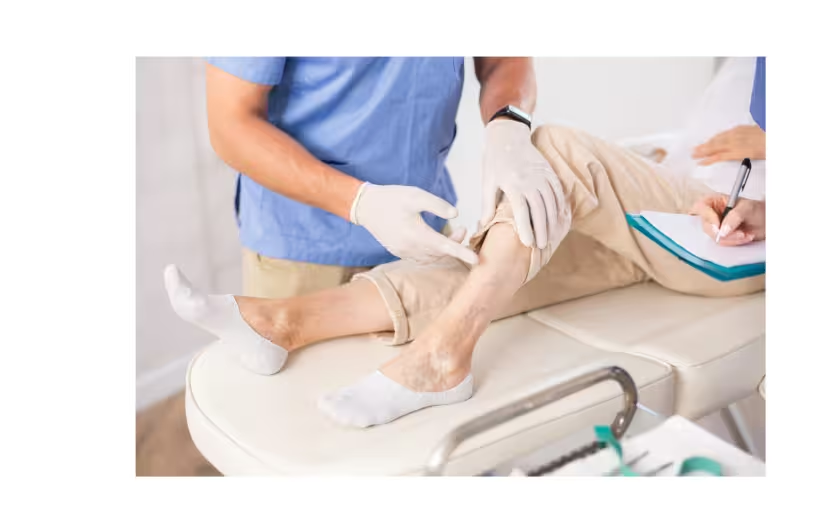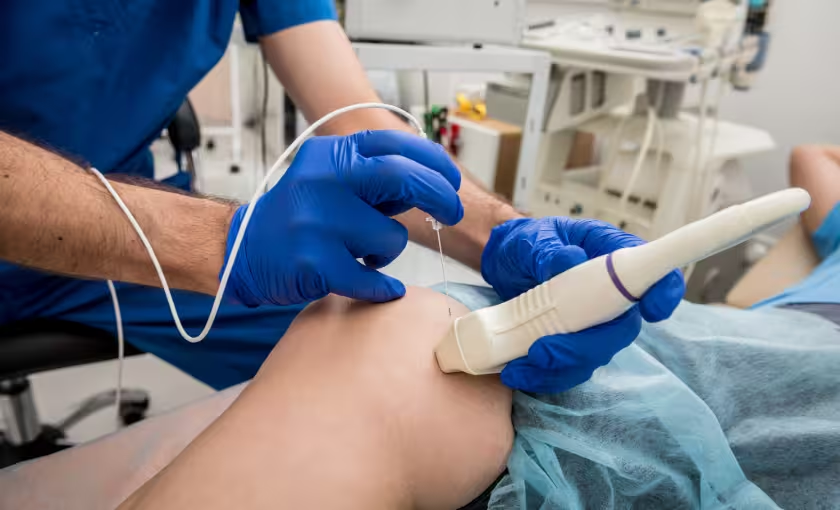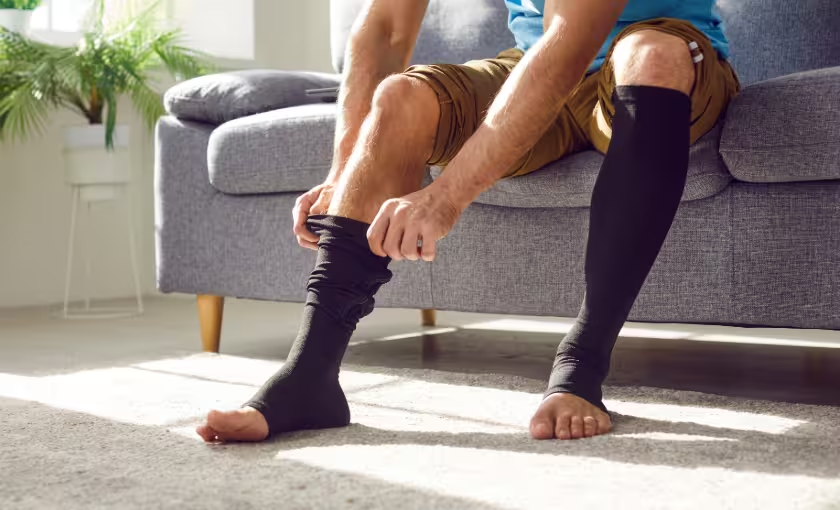Why Leg Health Matters: Importance of Circulation and Vein Function

We often take our legs for granted, but they play a vital role in our overall health and well-being. Healthy legs allow us to move freely, engage in activities we enjoy, and maintain independence as we age. Understanding the importance of leg health, particularly circulation and vein function, can help you prioritize care and prevent potential complications.
The Vital Role of Circulation
Blood circulation is essential for delivering oxygen and nutrients to every cell in our body, including our legs. Efficient circulation also helps remove waste products and carbon dioxide. When circulation is compromised, it can lead to various health issues.
In our legs, healthy circulation depends on a complex network of arteries and veins. Arteries carry oxygen-rich blood from the heart to the legs, while veins carry deoxygenated blood back to the heart.
Understanding Vein Function and Varicose Veins
Veins have one-way valves that prevent blood from flowing backward. However, when these valves weaken or become damaged, blood can pool in the veins, causing them to enlarge and twist. These enlarged veins are known as varicose veins.
Varicose veins often appear as bulging, rope-like cords beneath the skin's surface, commonly in the legs and feet. While they may seem like a cosmetic concern, varicose veins can signal underlying circulatory issues and lead to more serious health problems if left untreated.
Potential Complications of Untreated Varicose Veins
- Leg Swelling and Pain: Varicose veins can cause discomfort, aching, heaviness, and swelling in the legs, especially after prolonged standing or sitting.
- Skin Changes: Discoloration, skin thickening, and even ulcers can develop around varicose veins due to poor circulation.
- Blood Clots: Varicose veins increase the risk of blood clots forming in the legs, a condition known as deep vein thrombosis (DVT). DVT can be life-threatening if a clot breaks loose and travels to the lungs (pulmonary embolism).
- Restless Legs Syndrome: Some individuals with varicose veins experience restless legs syndrome, a condition characterized by an irresistible urge to move the legs, particularly at night.
Promoting Healthy Circulation and Vein Function
- Regular Exercise: Physical activity, such as walking, swimming, or cycling, helps improve circulation and strengthens leg muscles, which aid in venous blood return.
- Maintain a Healthy Weight: Excess weight puts extra pressure on leg veins, increasing the risk of varicose veins and circulatory problems.
- Avoid Prolonged Standing or Sitting: If your job requires prolonged standing or sitting, take breaks to move around and elevate your legs when possible.
- Compression Stockings: Wearing compression stockings can help improve blood flow and reduce leg swelling.
- Healthy Diet: A balanced diet rich in fruits, vegetables, and whole grains promotes overall health, including circulatory health.
Seeking Professional Care
If you notice signs of varicose veins or experience leg pain, swelling, or other circulatory symptoms, it's essential to seek professional evaluation. A vascular surgeon can diagnose the underlying cause of your symptoms and recommend appropriate treatment options.
BASS Vein Center, with locations throughout the East Bay Area, offers comprehensive vein care, including diagnosis, treatment, and management of varicose veins and other venous conditions. Their team of board-certified vascular surgeons utilizes the latest minimally invasive techniques to provide effective and personalized care.
Don't ignore your leg health. To schedule an appointment at a BASS Vein Center near you, call (925) 281-5912 or visit bassveincenter.com.
Take the First Step to Ending Annoying Varicose Vein Discomfort.






.svg)


